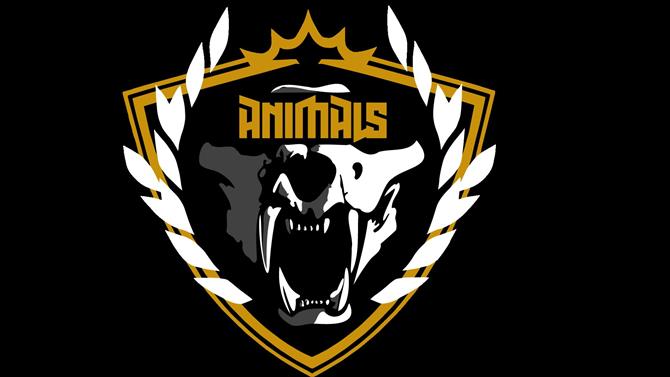

Sponges — simple aquatic animals with dense, yet porous, skeletons — are highly adapted to their environments.
Sponges have been around for a very long time, with certain species having a fossil record that dates back approximately 600 million years to the earliest (Precambrian) period of Earth’s history. The approximately 8,550 living sponge species are scientifically classified in the phylum Porifera, which is comprised of four distinct classes: the Demospongiae (the most diverse, containing 90 percent of all living sponges), Hexactinellida (the rare glass sponges), Calcarea (calcareous sponges), and Homoscleromorpha (the rarest and simplest class, only recently recognized, with approximately 117 species).
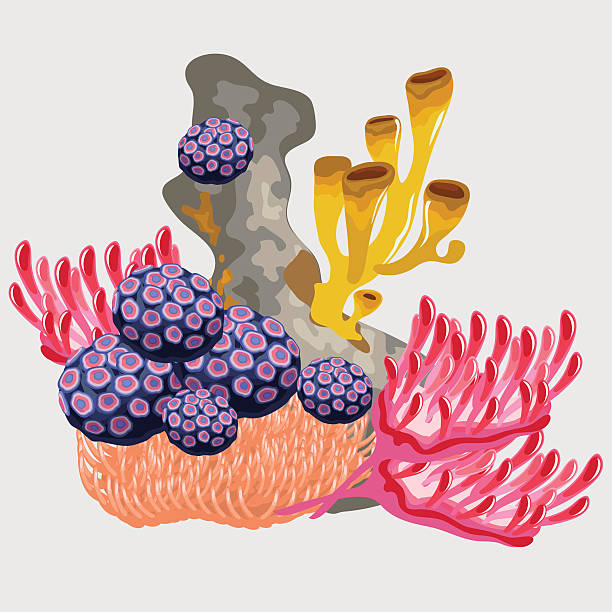
All sponges in this class are strictly marine, and, while they are distributed worldwide, most are found in shallow tropical waters. Like nearly all other sponges, they are sedentary filter feeders. All three sponge body plans are represented within class Calcarea : asconoid, syconoid, and leuconoid. Typically, calcareous sponges are small, measuring less than 10 cm (3.9 in) in height, and drab in colour. However, a few brightly coloured species are also known. Calcareous sponges vary from radially symmetrical vase-shaped body types to colonies made up of a meshwork of thin tubes, or irregular massive forms. The skeleton has either a mesh or honeycomb structure.
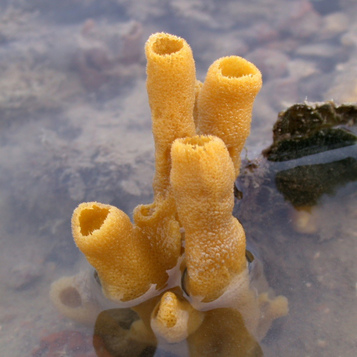
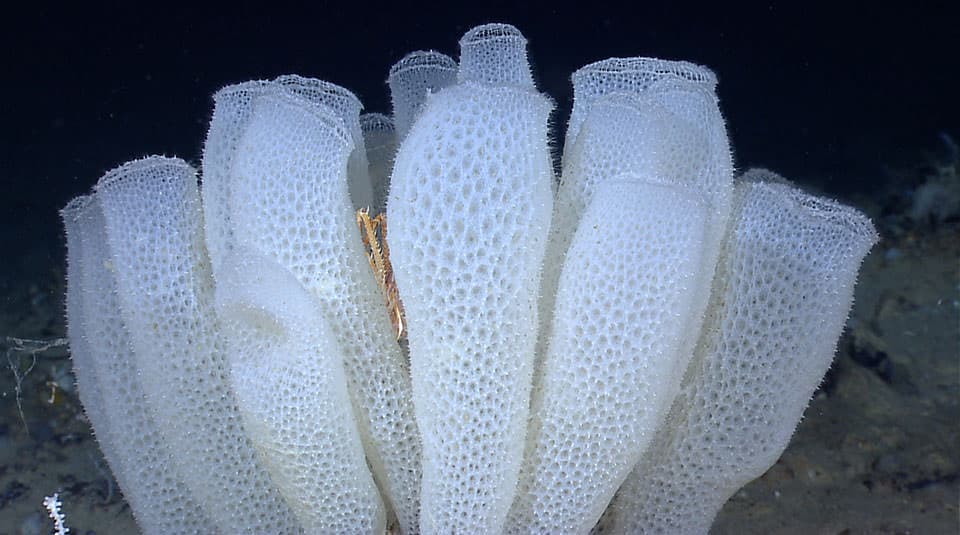
Hexactinellid sponges are sponges with a skeleton made of four- and/or six-pointed siliceous spicules, often referred to as glass sponges. They are usually classified along with other sponges in the phylum Porifera, but some researchers consider them sufficiently distinct to deserve their own phylum, Symplasma. Some experts believe glass sponges are the longest-lived animals on earth; these scientists tentatively estimate a maximum age of up to 15,000 years.
Demosponges (Demospongiae) are the most diverse class in the phylum Porifera. They include 76.2% of all species of sponges with nearly 8,800 species worldwide (World Porifera Database).[3] They are sponges with a soft body that covers a hard, often massive skeleton made of calcium carbonate, either aragonite or calcite. They are predominantly leuconoid in structure. Their "skeletons" are made of spicules consisting of fibers of the protein spongin, the mineral silica, or both. Where spicules of silica are present, they have a different shape from those in the otherwise similar glass sponges.[4] Some species, in particular from the Antarctic, obtain the silica for spicule building from the ingestion of siliceous diatoms. [5]
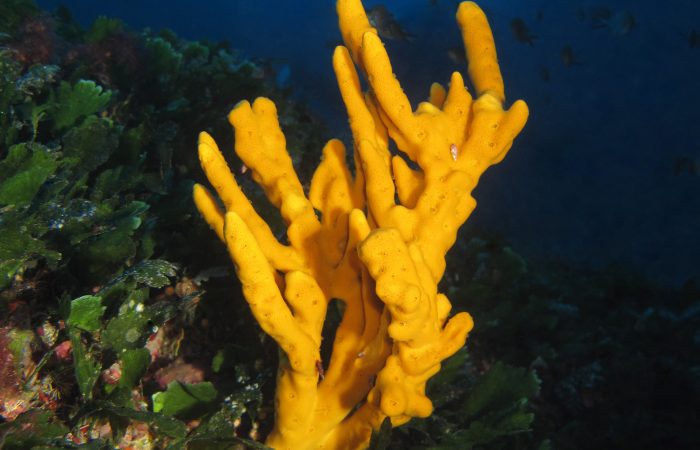
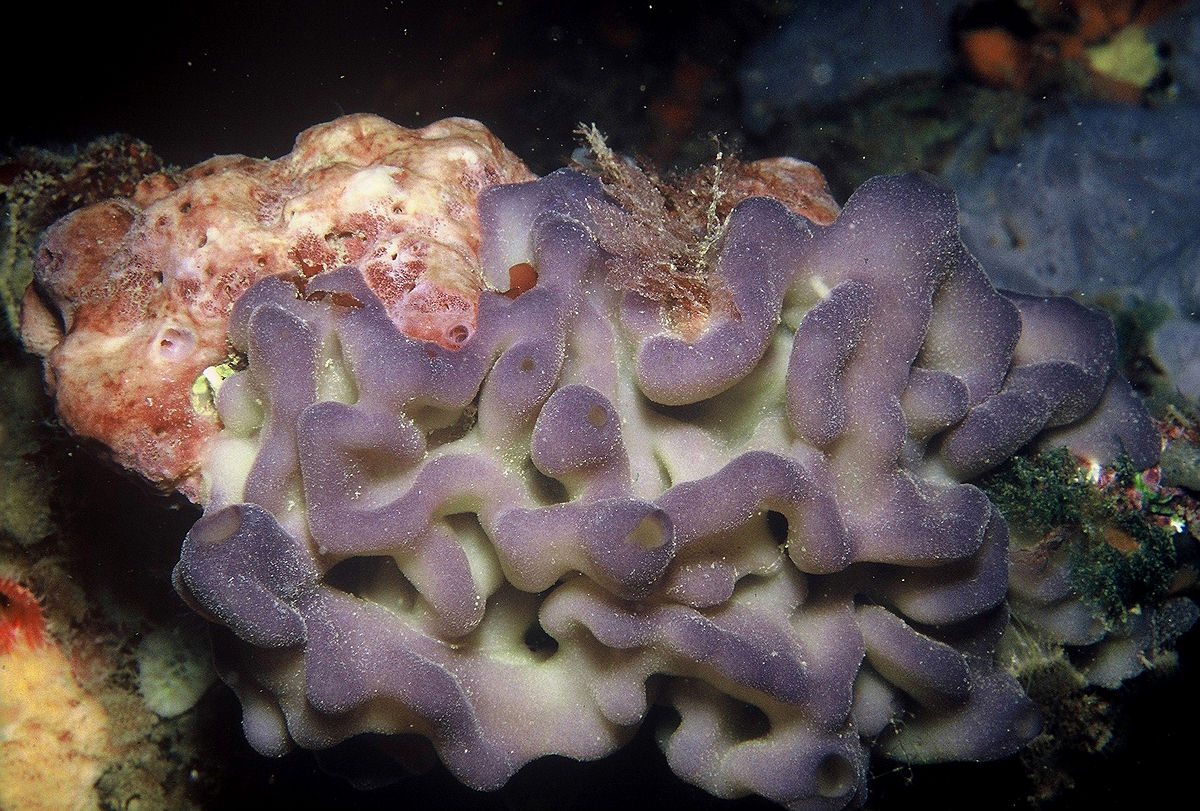
Homosclerophorida is an order of marine sponges. It is the only order in the monotypic class Homoscleromorpha. The order is composed of two families: Plakinidae and Oscarellidae.
These sponges are massive or encrusting in form and have a very simple structure with very little variation in spicule form (all spicules tend to be very small). Reproduction is viviparous and the larva is an oval form known as an amphiblastula. This form is usual in calcareous sponges but is less common in other sponges. Homoscleromorpha are exclusively marine sponges that tend to encrust on other surfaces at shallow depths. These sponges typically inhabit shady locations, under overhangs and inside caves. In the Mediterranean Sea, 82% of the species in this taxon can be found in caves, and 41% of them are found nowhere else.